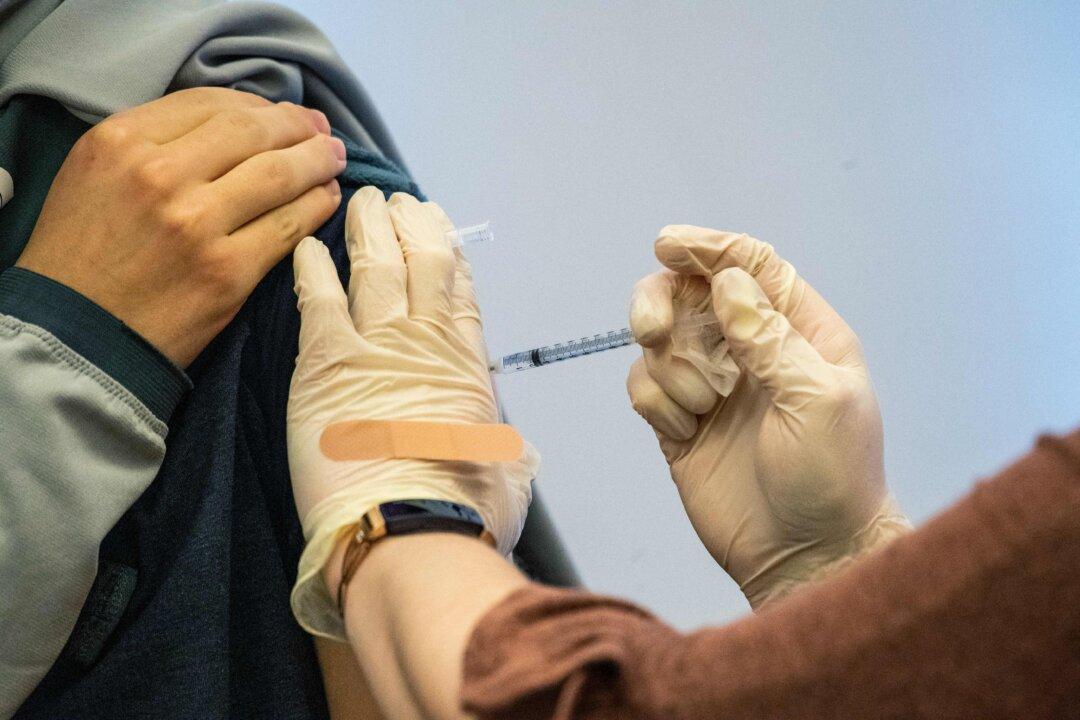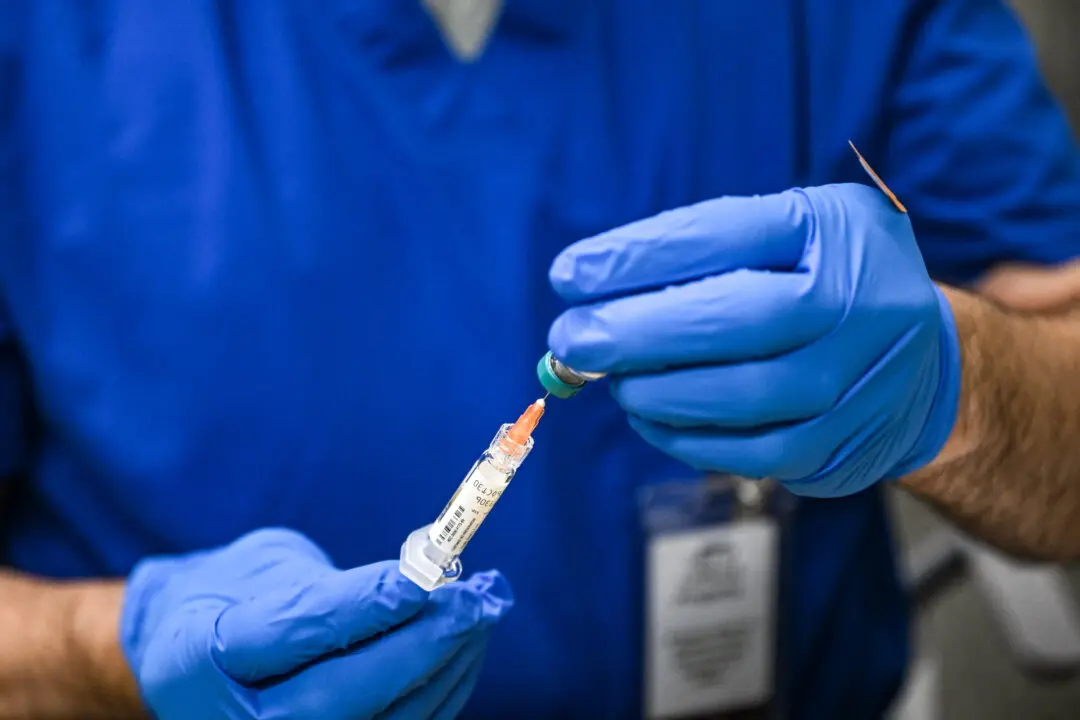Heart inflammation following COVID-19 vaccination was higher than expected in multiple age groups and was particularly pronounced in young men, according to a new data analysis from Centers for Disease Control and Prevention (CDC) researchers.
Analyzing records submitted to the Vaccine Adverse Event Reporting System (VAERS) between December 2020 and August 2021, the researchers found that young males aged 12 to 17 were the most likely to suffer post-vaccination myocarditis, a form of heart inflammation that can lead to death.





